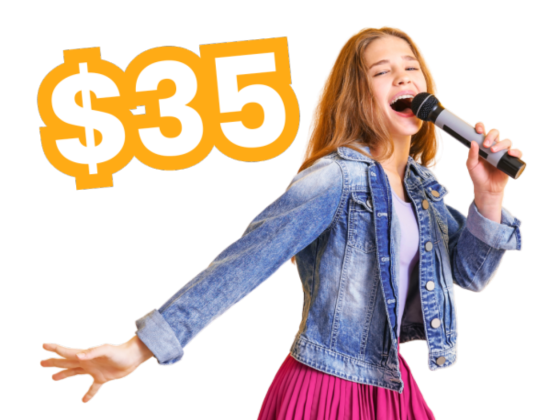How to Prepare for Your First Guitar Lesson in Toronto
If you’ve just signed up for your first guitar lesson, congratulations you’re about to embark on one of the most rewarding musical journeys out there. Whether you dream of playing soulful acoustic ballads, jamming with a rock band, or mastering intricate classical pieces, being prepared for your first class can make a huge difference. When it comes to guitar lessons Toronto offers a wide range of options for students of all ages and skill levels. But how can you make sure your first session sets the right tone for success?
Here’s a detailed guide to help you prepare, feel confident, and make the most of your very first guitar lesson.

1. Choose the Right Guitar for You
Before you even step into your first class, it’s important to have the right instrument. There are several types of guitars acoustic, electric, bass, and classical and each one offers a unique playing experience.
If you’re unsure which to start with, your instructor can guide you, but here’s a quick overview:
- Acoustic guitars are great for singer-songwriters and beginners who want to focus on chords and rhythm.
- Electric guitars are ideal for those drawn to rock, blues, or metal.
- Classical guitars use nylon strings and are perfect for those interested in flamenco or traditional classical styles.
- Bass guitars are essential if you love playing the groove and rhythm section.
Make sure your guitar is properly tuned and set up before your first lesson. A poorly adjusted instrument can make learning harder and less enjoyable.
2. Gather Your Essential Materials
To get started, you’ll need a few basic tools:
- Guitar picks: Start with medium gauge picks they’re great for beginners.
- Tuner: Whether digital or clip-on, a tuner helps you keep your guitar sounding its best.
- Notebook and pencil: You’ll want to jot down notes, chord shapes, or new techniques.
- Guitar strap (for electric players): It’ll help you maintain proper posture.
- Spare strings: Breaks can happen anytime being prepared avoids interruptions.
If your instructor recommends any specific book or online resource, make sure to have that ready too.
3. Learn Basic Guitar Terminology
You don’t need to know music theory before your first class, but familiarizing yourself with a few basic guitar terms will help you follow along more easily. Here are a few key ones:
- Frets: The metal strips on the neck that divide notes.
- Strings: Usually six, numbered from thinnest (1st) to thickest (6th).
- Chords: Groups of notes played together.
- Strumming: The action of brushing your pick or fingers across the strings.
Understanding these simple terms will help you feel more confident and comfortable during your first lesson.
4. Set Clear Goals for Yourself
Before you start, ask yourself: What do I want to achieve with my guitar lessons? Do you want to learn your favorite songs? Write music? Perform live someday?
Communicate these goals with your instructor so they can tailor lessons to your interests and skill level. Having a clear direction keeps you motivated and helps your guitar teacher design a customized plan that fits your learning pace.
5. Practice Basic Posture and Finger Placement
You don’t need to master chords before your first class, but getting used to the feel of your guitar can help you progress faster. Spend a few minutes each day holding your guitar correctly:
- Keep your back straight and shoulders relaxed.
- Place your thumb behind the neck and let your fingers curve naturally over the fretboard.
- Practice pressing on individual strings to build finger strength.
This early muscle memory will help you avoid discomfort and bad habits as you progress.
6. Keep an Open Mind and Be Patient
Learning the guitar takes time, patience, and consistency. During your first few lessons, you’ll likely focus on fundamentals like holding the guitar, tuning, and playing simple chords. It might feel slow at first, but each step builds a solid foundation for more advanced skills.
Remember, every great guitarist started where you are now with a mix of excitement and nerves. Celebrate small victories and don’t be afraid to ask questions.
7. Find the Right Learning Environment
When taking guitar lessons Toronto musicians benefit from a vibrant and diverse music scene. Whether you choose in-person sessions or online learning, it’s important to find an environment where you feel comfortable and inspired.
At Elite Music Academy, students can enjoy personalized guitar instruction from experienced teachers who adapt lessons to each student’s style and goals. The academy offers a supportive atmosphere for beginners and advanced players alike, making it one of Toronto’s most trusted places for music education.
8. Prepare Mentally for the Experience
Going into your first lesson with the right mindset makes a big difference. Remind yourself that making mistakes is part of learning. Your instructor doesn’t expect perfection they’re there to guide you and help you grow.
Approach your lesson with curiosity, patience, and enthusiasm. Each new chord, strumming pattern, or song brings you one step closer to mastering the guitar.
9. Stay Consistent and Keep Practicing
Consistency is the secret to success. Even if you only practice for 10–15 minutes a day, regular playing helps your hands get stronger and your mind remember new patterns. Try to make guitar practice a part of your daily routine.
Keeping a practice journal can also help you track progress and celebrate how far you’ve come since that very first lesson.
Conclusion
Your first guitar lesson is just the beginning of a lifelong musical adventure. With the right preparation choosing the right guitar, setting clear goals, and maintaining a positive mindset you’ll set yourself up for success. Whether you dream of playing for fun or performing on stage, the key is to stay patient, curious, and passionate about learning. Toronto’s thriving music community offers endless opportunities to grow, play, and share your love for music.
FAQs About First Guitar Lesson in Toronto
1. Do I need to bring my own guitar to my first lesson?
Yes, it’s recommended to bring your own guitar so you can practice with the instrument you’ll use at home. If you don’t have one yet, check with your instructor they may have loaners available.
2. How long should I practice between lessons?
Aim for at least 15–30 minutes a day. Short, regular sessions are more effective than long, infrequent ones.
3. What should I expect to learn in the first few lessons?
You’ll likely cover tuning, posture, finger placement, and a few simple chords or strumming patterns.
4. Can I take online guitar lessons in Toronto?
Absolutely! Many instructors offer both in-person and online guitar lessons, giving you flexibility to learn from anywhere.
5. How long does it take to play songs on the guitar?
With regular practice, most beginners can start playing simple songs within a few weeks. Progress depends on your dedication and practice routine.





